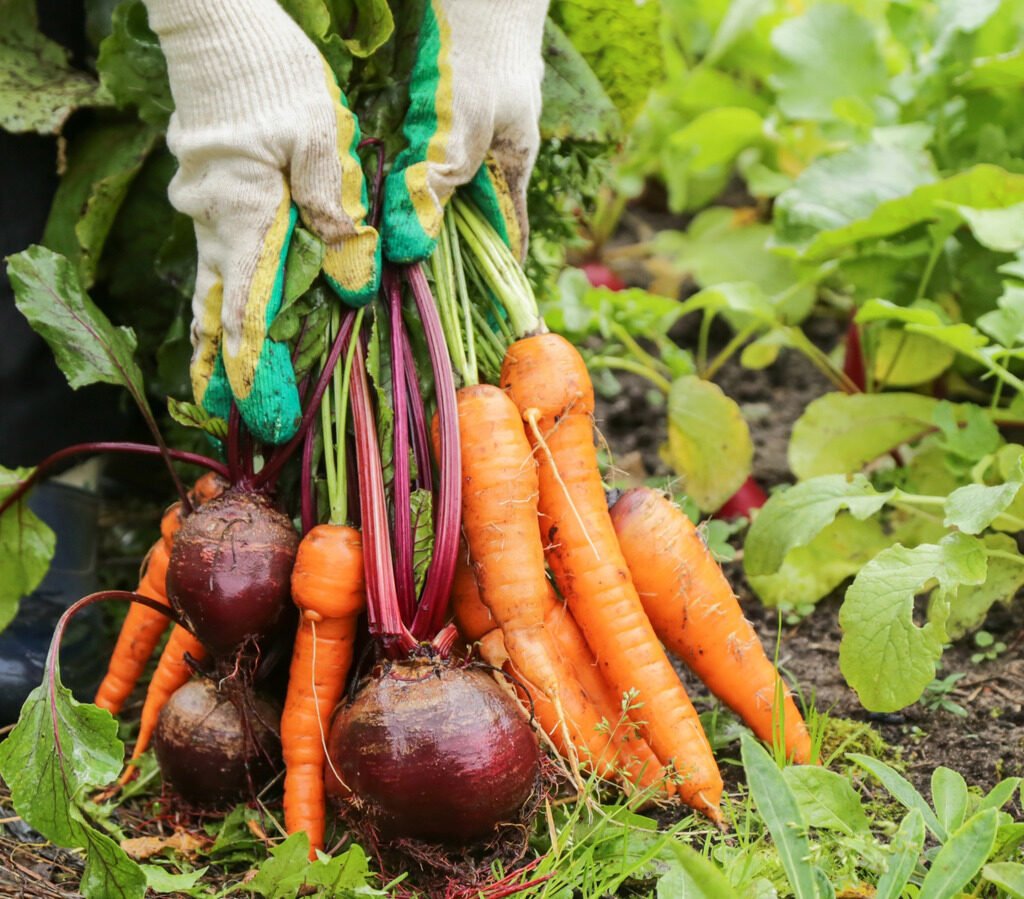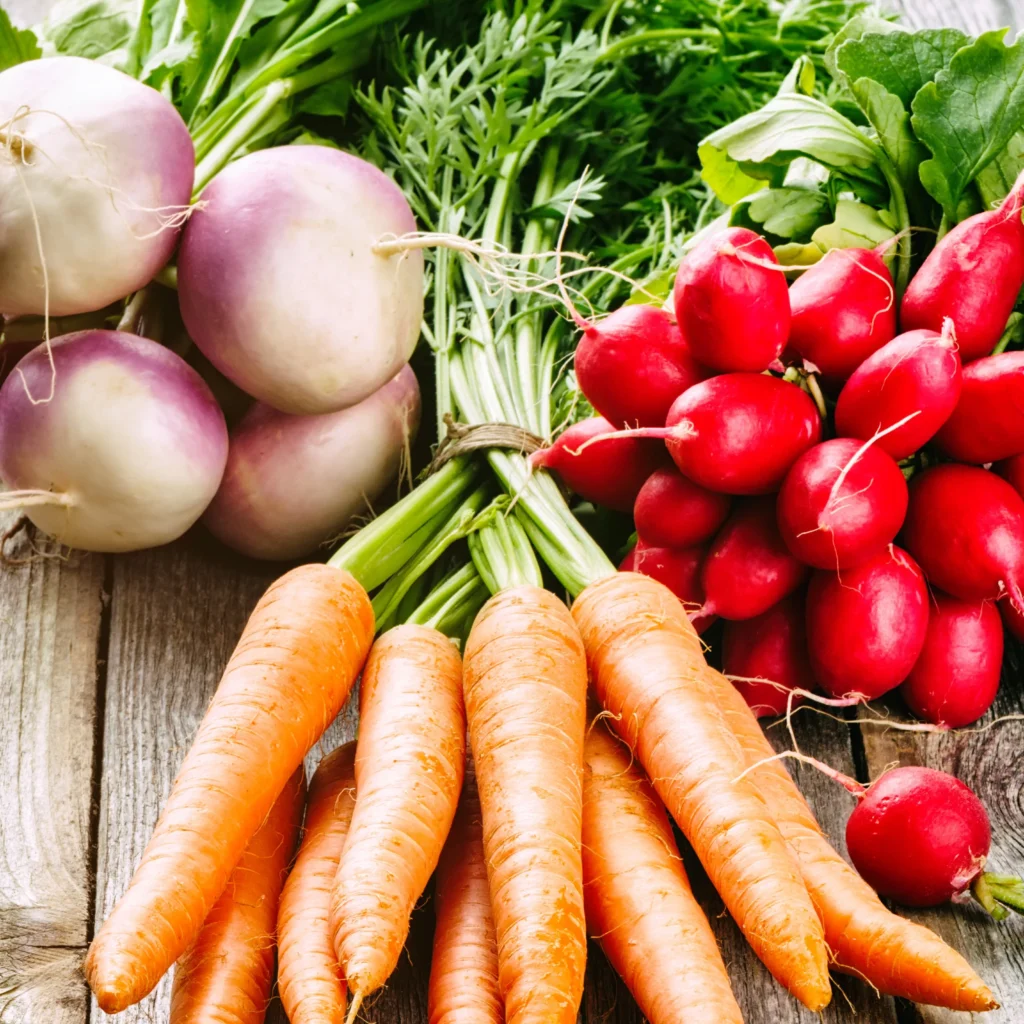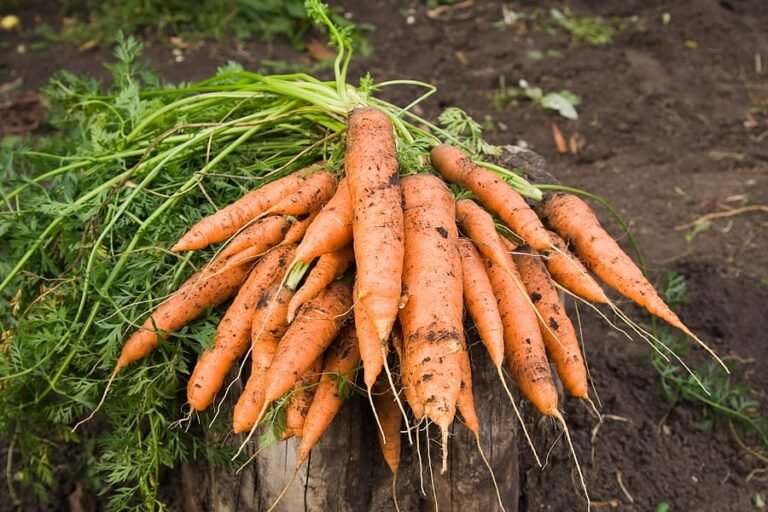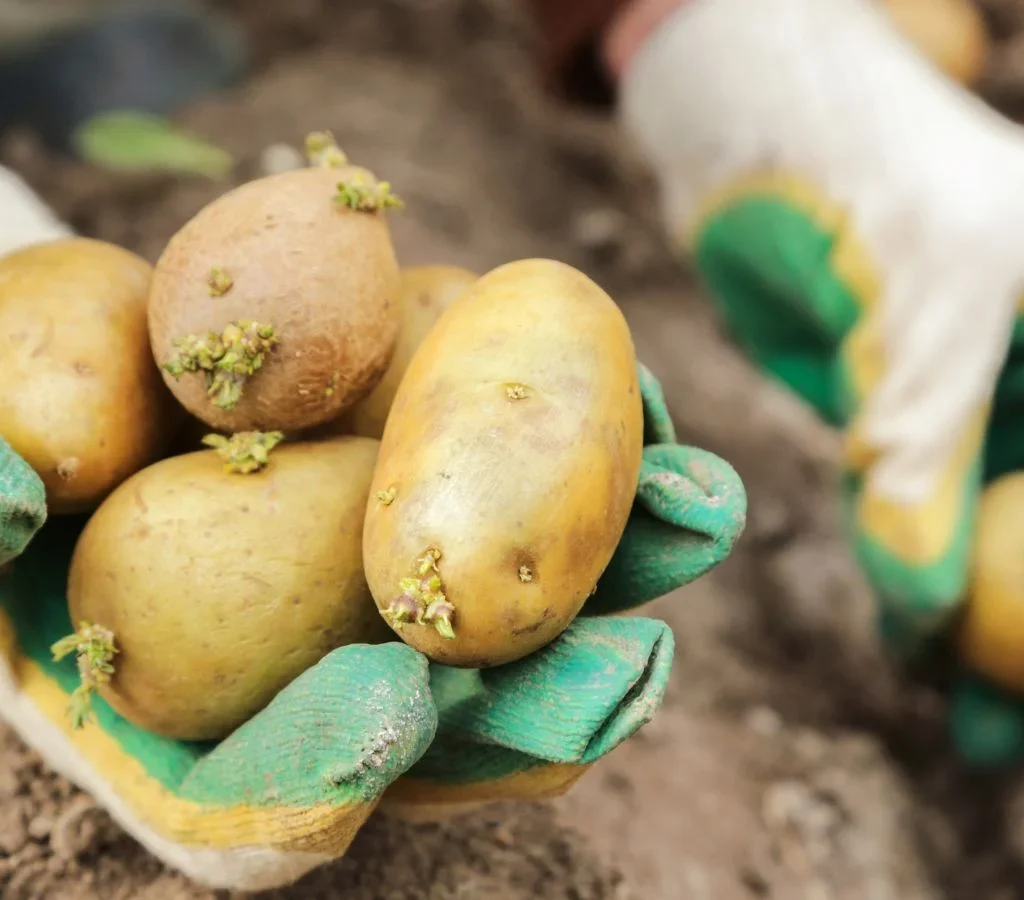Root vegetables are the unsung heroes of the kitchen. Carrots, beets, potatoes, radishes, parsnips, sweet potatoes, and turnips provide not only essential nutrients but also versatility in cooking. When stored properly, they can last weeks or even months, ensuring a steady supply of fresh produce through winter and beyond. However, improper storage leads to spoilage, loss of flavor, and unnecessary waste.
Many home gardeners and shoppers unknowingly make mistakes that shorten the shelf life of these hardy crops. In this article, we’ll explore five common mistakes to avoid when storing root vegetables and give you practical tips to help your harvest stay fresh, flavorful, and nutritious.
Why Proper Storage Matters

Root vegetables have naturally evolved to store energy underground, which is why they’re ideal candidates for long-term storage. However, once harvested, they are vulnerable to moisture loss, rot, and sprouting. Storing them correctly:
- Maintains crispness and flavor.
- Reduces food waste and saves money.
- Provides nutritious food during off-seasons.
- Keeps your hard-earned garden harvest from going to waste.
Mistake #1: Washing Before Storing

It might seem logical to wash your vegetables right after harvesting or bringing them home, but washing before storage is a critical mistake.
Why It’s a Problem
Moisture is the enemy of long-term storage. When root vegetables are washed, residual water clings to their skins, creating the perfect environment for mold and bacterial growth. Even a little dampness can speed up decay.
The Right Way
- Brush, Don’t Wash – Gently brush off soil with your hands or a soft brush. Leave a thin layer of dirt if necessary—it helps protect the skin.
- Wash Only Before Use – Rinse thoroughly only when you’re ready to cook or eat the vegetables.
- Dry Thoroughly if Washed Accidentally – If you must wash, make sure vegetables are completely dry before storing, ideally with good airflow.
Mistake #2: Storing All Root Vegetables Together

Not all root vegetables have the same storage requirements. Mixing them can lead to faster spoilage.
Why It’s a Problem
Some root vegetables, like potatoes and onions, release gases (ethylene) that cause others to sprout or spoil prematurely. Others, like beets and carrots, require higher humidity, while potatoes prefer a slightly drier environment.
The Right Way
- Store Separately by Type – Group carrots with carrots, potatoes with potatoes, and so on.
- Use Different Containers – Burlap sacks, wooden crates, or ventilated boxes can be designated for each type.
- Pay Attention to Humidity –
- Carrots, beets, and parsnips: high humidity (90–95%).
- Potatoes: moderate humidity (80–85%).
- Onions and garlic (though not roots, often stored with them): dry and airy conditions.
Mistake #3: Exposing to Light and Warmth
Root vegetables are meant to be stored in cool, dark environments. Leaving them in the wrong place drastically shortens their life span.
Why It’s a Problem
- Light Exposure – Causes potatoes to turn green and develop solanine, a bitter, toxic compound.
- Warm Temperatures – Speed up sprouting and softening, especially in potatoes and carrots.
- Fluctuating Temperatures – Encourage rot and degrade texture.
The Right Way
- Cool Temperatures – Aim for 32–40°F (0–4°C) for most root vegetables. Basements, root cellars, or a cold section of the pantry are ideal.
- Darkness – Use opaque bins, paper bags, or covered boxes to block light.
- Consistent Environment – Avoid areas near ovens, radiators, or sunny windows where temperatures fluctuate.
Mistake #4: Leaving the Greens Attached

Many root vegetables come with leafy green tops, such as carrots, beets, radishes, and turnips. Leaving these greens attached after harvest is a mistake.
Why It’s a Problem
The leafy tops continue drawing moisture and nutrients from the root, causing it to shrivel and lose its crispness. This process happens quickly, often within days, even under good storage conditions.
The Right Way
- Remove Greens Immediately – Snip off the tops about 1–2 inches above the root. This preserves moisture inside the vegetable.
- Save the Greens – Don’t throw them away! Beet greens, carrot tops, and radish greens are edible and highly nutritious. Use them in salads, soups, or as pesto bases.
- Store Separately – Keep the greens refrigerated in a damp towel or sealed container, but only for a few days as they don’t last as long as the roots.
Mistake #5: Using the Wrong Containers

Storage method matters just as much as location. Many people make the mistake of storing root vegetables in plastic bags or airtight containers, which trap moisture and accelerate rot.
Why It’s a Problem
Root vegetables need air circulation. Without it, condensation builds up, encouraging mold, rot, and a slimy texture.
The Right Way
- Breathable Materials – Store vegetables in mesh bags, paper bags, burlap sacks, or wooden crates.
- Sand or Sawdust for Long Storage – Carrots, beets, and parsnips last months when packed in damp sand or sawdust inside a box. This keeps humidity stable while preventing direct contact between vegetables.
- Avoid Airtight Plastic – Plastic traps moisture. If you must use it, poke ventilation holes and check frequently for condensation.
Additional Tips for Long-Term Root Vegetable Storage
While avoiding these five mistakes is crucial, here are extra tips to maximize freshness:
- Inspect Regularly – One bad vegetable can spoil the bunch. Check stored roots weekly and remove any that show signs of softness, mold, or sprouting.
- Harvest Carefully – Handle roots gently to avoid bruising, which can lead to faster decay.
- Cure Before Storing – Some vegetables, like potatoes and sweet potatoes, benefit from a curing period in a warm, airy place for about 1–2 weeks. This toughens their skins and improves storage life.
- Know the Shelf Life – Even under ideal conditions, root vegetables have limits:
- Potatoes: 2–5 months
- Carrots: 2–4 months
- Beets: 2–3 months
- Radishes: 2–4 weeks
- Sweet potatoes: 4–6 months (when cured properly)
- Use Proper Layering – Avoid piling roots too deep; it increases pressure and bruising. Store in shallow layers if possible.
Final Thoughts
Storing root vegetables might seem straightforward, but small mistakes can mean the difference between crisp, flavorful produce and a mushy mess. By avoiding these five key mistakes—washing before storage, mixing varieties, exposing to light and warmth, leaving greens attached, and using the wrong containers—you’ll dramatically extend the life of your root crops.
This fall and winter, give your vegetables the care they deserve. Whether you’re a gardener protecting your harvest or a shopper stocking up on seasonal produce, proper storage ensures that your carrots stay crunchy, your potatoes firm, and your beets sweet for months to come. With just a little attention, you’ll reduce waste, save money, and enjoy the true rewards of these hearty underground treasures.
